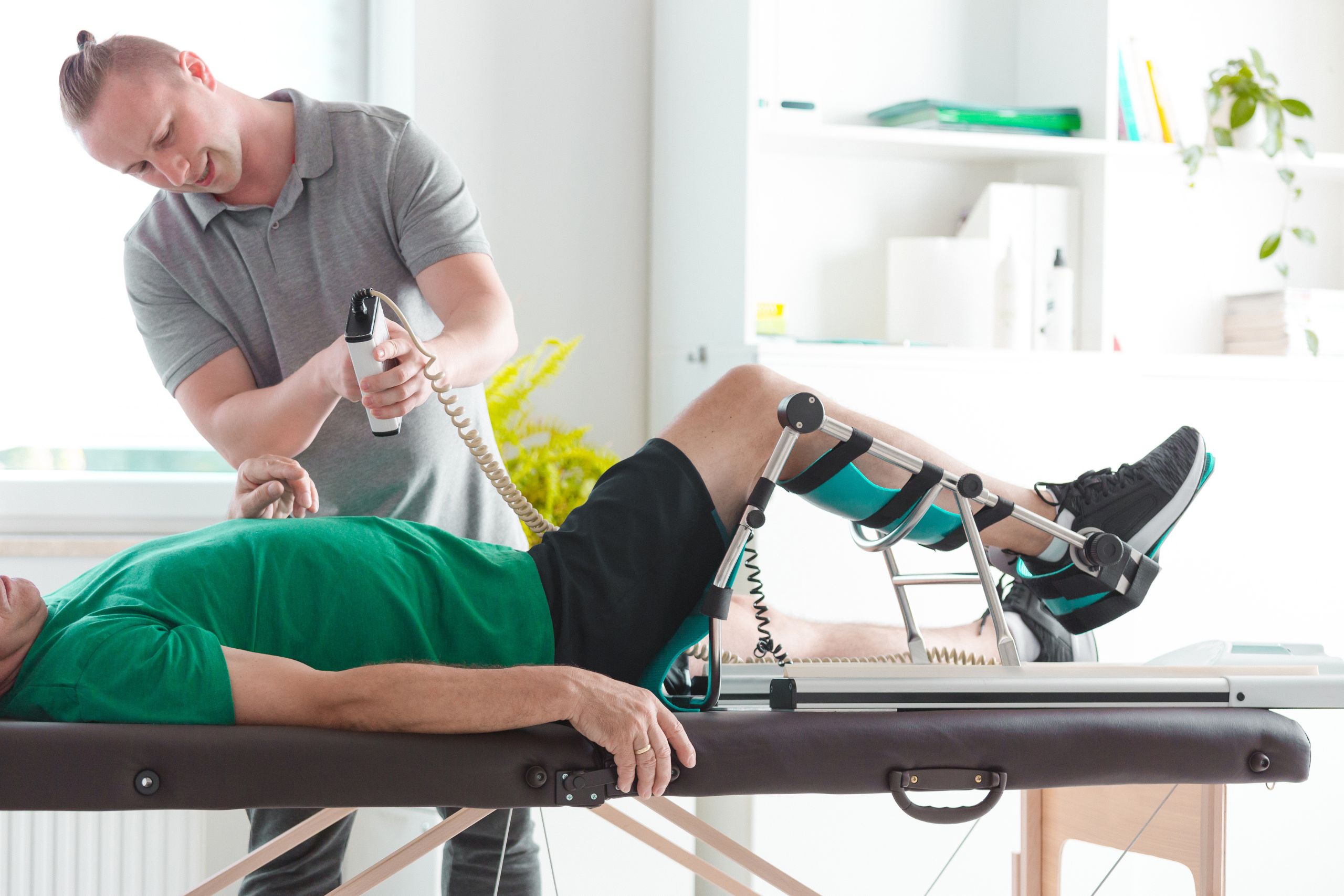What are the Different Types of CPM Machines and Their Uses?
1st Aug 2023

What is a CPM Machine?
A CPM (Continuous Passive Motion) machine is a low-force rehabilitation device that helps restore motion, range of motion, and flexibility in a joint affected by a disability, surgical procedure, or injury. It works either by the patient’s own muscle power or through a motor attached to the affected joint that moves the limb in a gradual back-and-forth motion. CPM machines can be used on any joint, from the ankle and knee up to the shoulder and even the jaw.
What is the Purpose of a CPM Machine?
CPM machines can help with joint stiffness, improving range of motion, strengthening muscles, and promoting circulation and healing. These machines work by allowing for a smooth and continuous range of motion in a joint that has been affected by injury or disability, which can help to reduce stiffness. Additionally, they can slowly and repeatedly stretch the joint and surrounding muscles to improve muscle strength.
Types of CPM Machines
Depending on the type of recovery, patients can use CPM machines on many joints. These are the most common types of CPMs and their functions:
Knee CPM
A Knee CPM machine is a device to help patients recovering from knee surgery or trauma. It helps to reduce pain, swelling, stiffness, and discomfort, as well as helping to restore the range of motion in the knee joint. The CPM machine slowly moves the knee in a controlled and continuous manner, providing a gentle stretch to the surrounding muscles and ligaments. This helps to lubricate joint surfaces and reduce the risk of scar tissue formation. It can also help reduce the risk of developing deep vein thrombosis.
Shoulder CPM
A Shoulder CPM machine provides gentle, continuous motion to the shoulder joint, helping to reduce pain and improve the range of motion. It can be used both in the post-operative period of shoulder surgery and during rehabilitation for shoulder injuries or strains. In some cases, the CPM machine may reduce the need for physical therapy by providing similar benefits with minimal effort. It can help strengthen the surrounding muscles, as well as improve flexibility, increase circulation, and reduce muscle spasms.
Elbow CPM
An Elbow CPM machine is used for elbow injury or post-operative rehabilitation. It helps to reduce swelling and restore joint flexibility through gentle, continuous motion. The CPM machine helps to strengthen the surrounding muscles and improve the range of motion. It can also help with balance by steadying the elbow joint, allowing for safer movement.
Wrist CPM
A Wrist CPM machine is designed to help patients struggling to regain motion in their wrist joints. The machine helps to increase the range of motion while reducing pain. Its gentle and continuous motion helps to strengthen the surrounding muscles, improving strength and flexibility. It can also improve wrist circulation, helping reduce inflammation and swelling.
Hip CPM
A Hip CPM machine is designed to help patients recover from hip surgery or trauma. It helps to improve the range of motion and reduce swelling by providing a gentle but continuous motion to the joint. The CPM machine also helps strengthen surrounding muscles, improving stability and helping to reduce the risk of falls or further injury.
Ankle CPM
An Ankle CPM machine is designed to help patients improve mobility and range of motion in the ankle joint. The device helps to reduce swelling and stiffness while gently stretching the surrounding muscles. It helps to improve balance and strengthen the joint, reducing the risk of further injury or strain. The machine also helps increase ankle circulation, providing beneficial healing properties.
In Summary
In conclusion, CPM machines are low-force rehabilitation devices that can help restore motion, flexibility, and range of motion in a joint affected by trauma, disability, or surgery. Depending on the type of recovery, patients can use CPMs on different joints, such as the ankle, knee, shoulder, elbow, wrist, or hip. By providing a gentle and continuous stretch to the joint and surrounding muscles, these machines can help reduce pain, stiffness, and swelling while improving mobility and circulation, strengthening the joint, and helping to reduce the risk of further injury.
Before using a CPM, make sure to consult your healthcare professional to find a recovery plan that’s right for you.
The information presented in this post is for informational purposes only. It is not intended to be a substitute for professional medical advice, diagnosis, or treatment. The medcom group®, ltd. does not accept any responsibility for any actions taken based on the information provided. Before beginning any type of medical therapy, all individuals must consult with their healthcare provider to discuss their own circumstances, diagnosis, and treatment plans. Individuals are strongly advised not to attempt any type of medical treatment without proper medical guidance and oversight.
